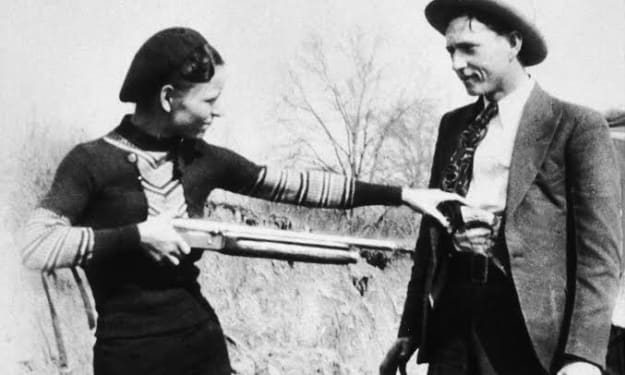Glenna Duram Who Murdered Her Husband
How a Parrot Helped Convict a Woman Who Murderéd Her Husband Glenna Duram k*illed her husband and got convicted after the parrot in the house repeated the conversation that led to the shooting.

In 2015 Glenna Duram gained notoriety when she was convicted of the murder of her husband, Martin Duram. The case captured public attention due to an unusual element—the presence of a pet parrot named Bud, who was reported to have witnessed the crime. Despite the intriguing aspect of the parrot's potential testimony it was not admissible in court, and Glenna Duram's conviction was based on other compelling evidence. The incident took place in Michigan, and the details of the case unfolded in a manner that both fascinated and shocked the public. Glenna Duram was accused of murdering her husband, Martin, in their family home. The circumstances leading up to the crime and the subsequent investigation revealed a complex web of events.
The prosecution presented a case alleging that Glenna Duram shot her husband multiple times before attempting to take her own life. However, she survived the apparent suicide attempt. The motive behind the crime was said to be rooted in financial difficulties and domestic issues between the couple. One of the most unusual aspects of the case was the role of the family's African Grey parrot, Bud. It was reported that the parrot mimicked what sounded like an argument between a male and a female, using phrases and tones consistent with a heated exchange. The notion that a pet parrot could potentially provide evidence in a murder trial added a unique layer to the already sensational case.
Despite the intriguing nature of the parrot's involvement, the legal system did not permit its testimony in court. The reliability and accuracy of animal testimony were questionable, leading to its inadmissibility. As a result, the case against Glenna Duram relied on more conventional forms of evidence. The trial unfolded with the prosecution presenting a narrative of a troubled marriage marked by financial strain and domestic disputes. They argued that these factors culminated in Glenna Duram resorting to violence, ultimately taking her husband's life. The defense countered these claims, attempting to cast doubt on the prosecution's version of events.
Key pieces of evidence included forensic analysis of the crime scene, ballistic evidence, and the testimonies of witnesses who could shed light on the couple's relationship. The court heard from individuals who knew the Durams and could provide insight into their personal lives, offering a glimpse into the dynamics of their troubled marriage. The trial's climax came with the jury delivering a verdict, finding Glenna Duram guilty of the murder of her husband. The conviction marked the end of a legal saga that had captured the public's imagination, in part due to the curious role played by the pet parrot. However, the legal system's reliance on more traditional forms of evidence underscored the importance of established procedures in criminal proceedings.
The Glenna Duram case serves as a reminder of the complexities that can arise in criminal investigations and trials. While the involvement of a talking parrot added a distinctive and memorable element to the narrative, the legal process ultimately focused on the tangible evidence and testimonies that could withstand scrutiny in a court of law. In conclusion, Glenna Duram's conviction for the murder of her husband, Martin, in 2015 was a result of a trial that balanced sensational elements with the need for concrete evidence. The involvement of a pet parrot, Bud, brought a unique twist to the case, but the legal system's adherence to established standards led to a conviction based on more conventional forms of evidence and testimony. The Glenna Duram case remains a noteworthy chapter in the annals of criminal justice, highlighting the intersection of human drama and legal procedure.





Comments
There are no comments for this story
Be the first to respond and start the conversation.